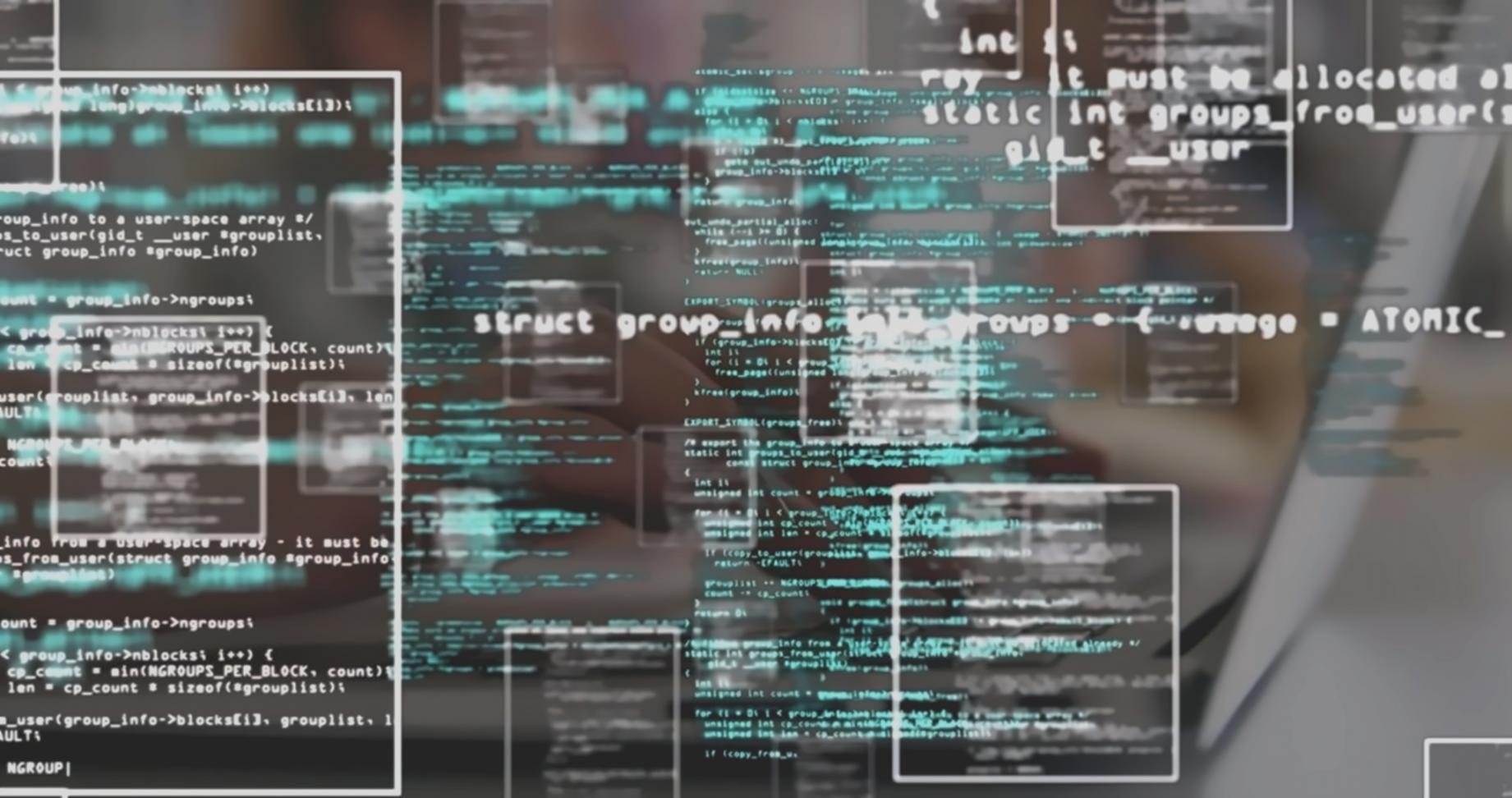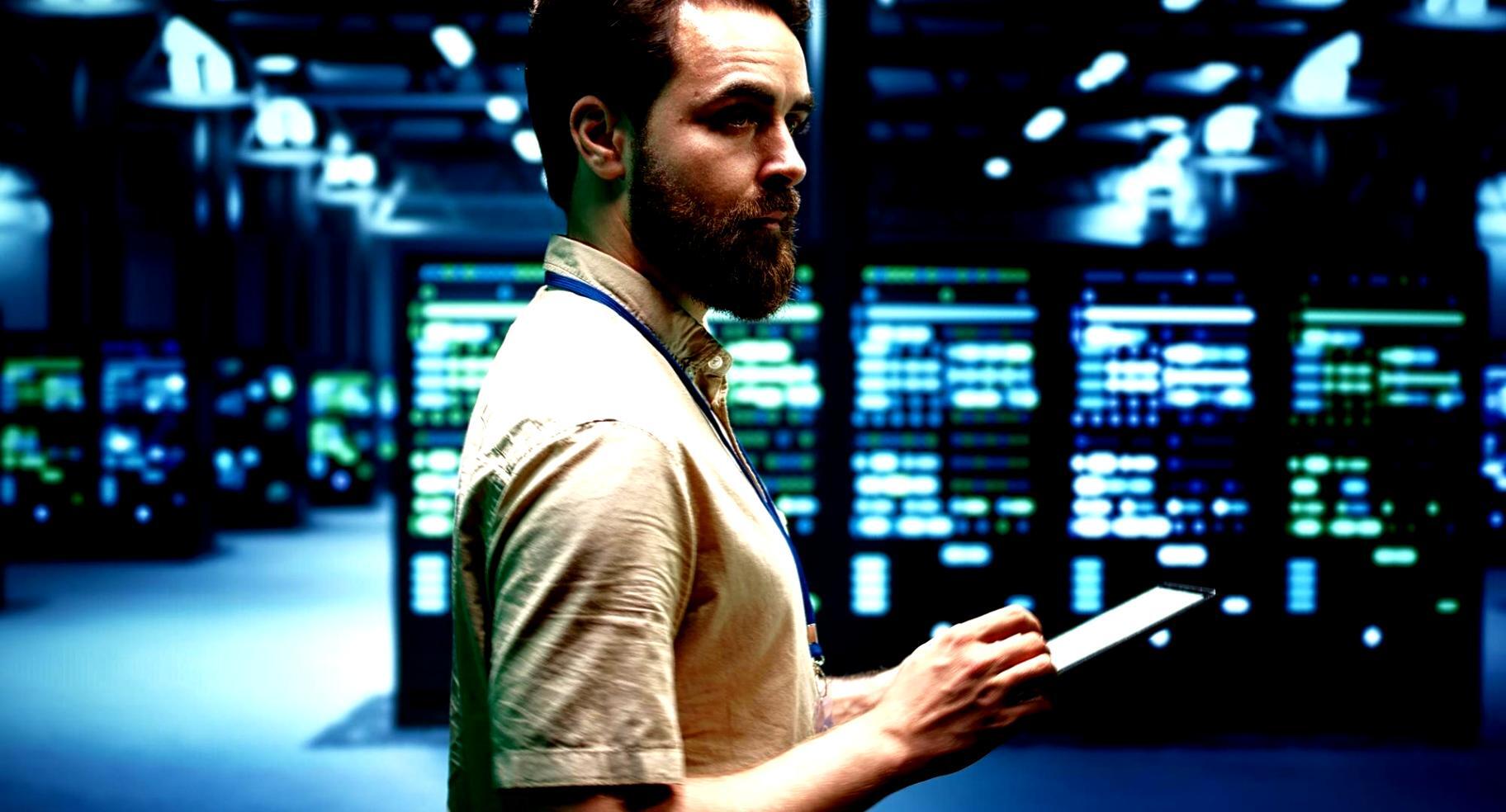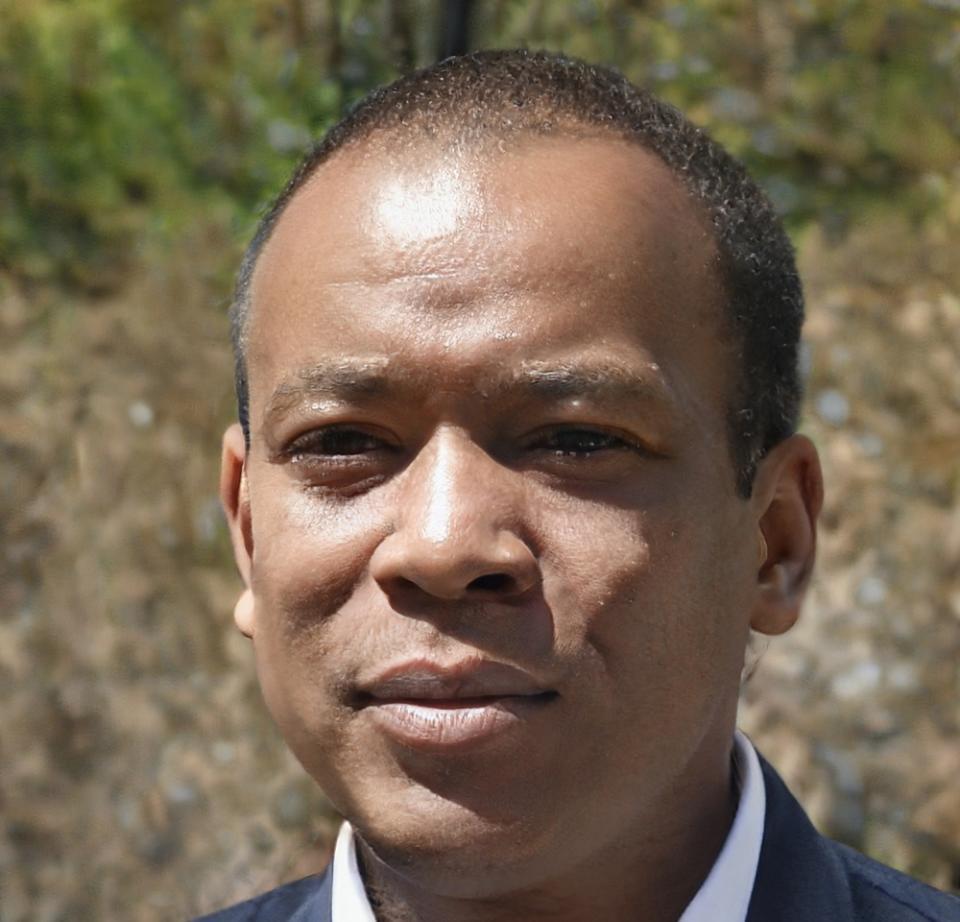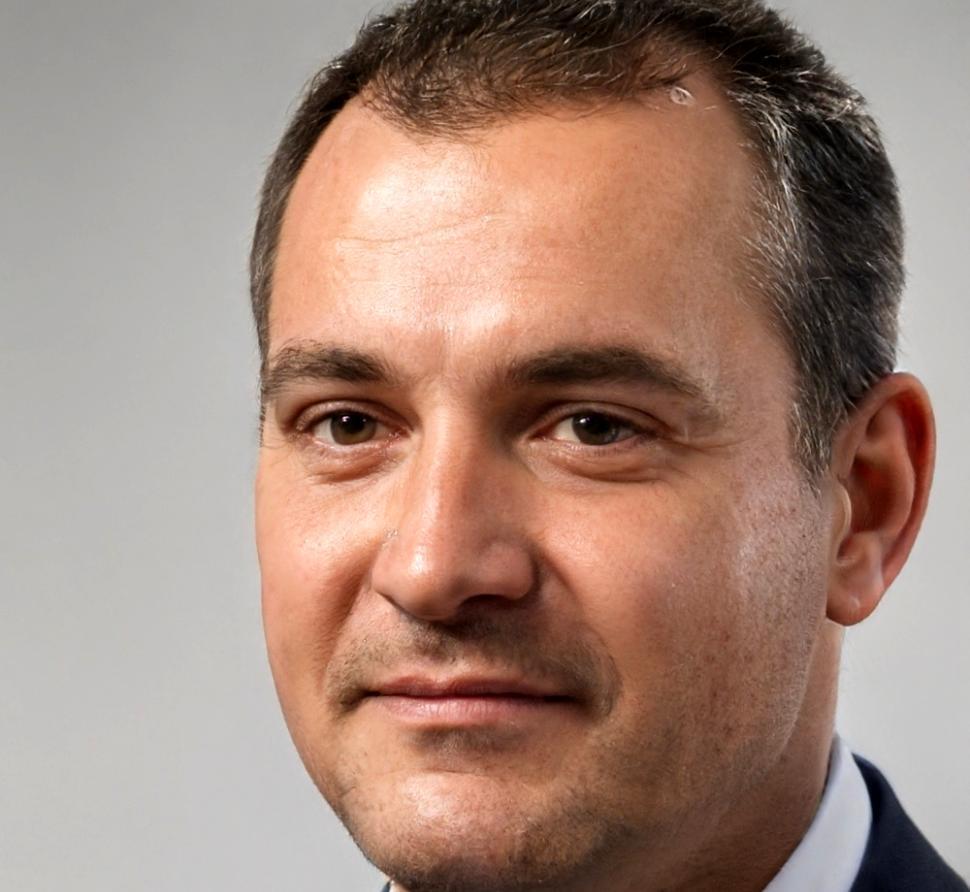How We Think About Teaching
Most game development courses focus on tools and workflows. We focus on understanding why things work the way they do. If you know the underlying principles, you can adapt to any engine or framework that comes along.
Our students work on projects that actually break. They debug collision systems that fail spectacularly and learn to read stack traces without panicking. We think making mistakes in a controlled environment is the fastest way to build real competence.
Classes run from September 2025 through March 2026, meeting twice weekly. We keep groups small because individualized feedback matters more than lecture content. Most learning happens during office hours when students are stuck on specific problems.





